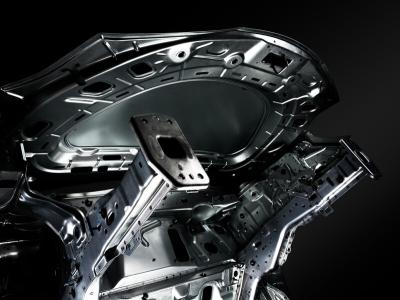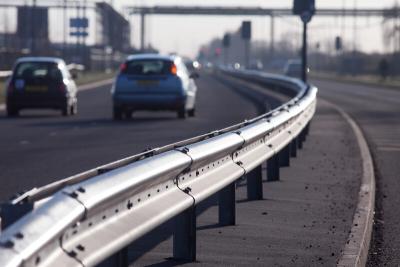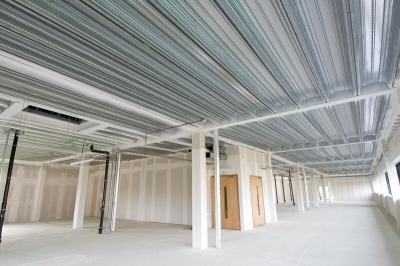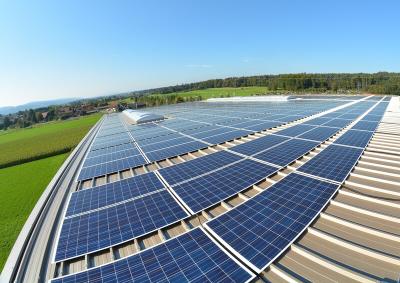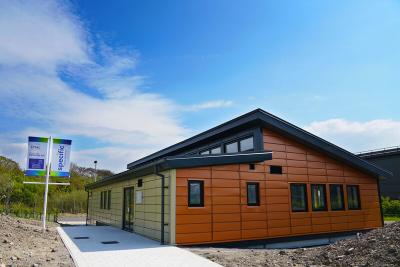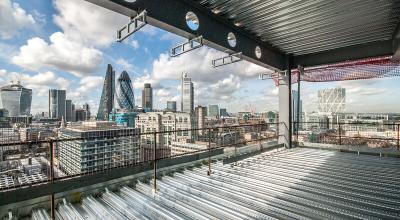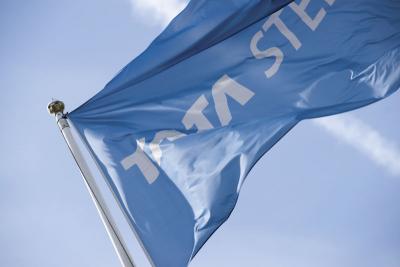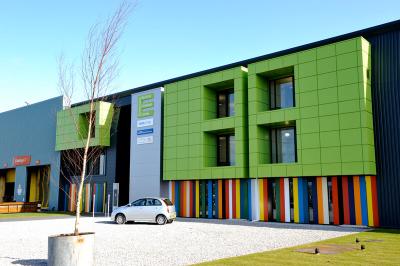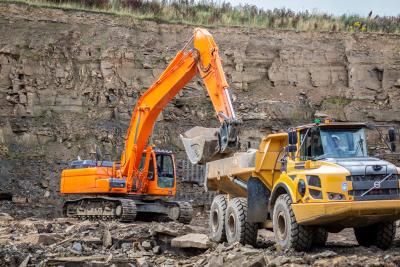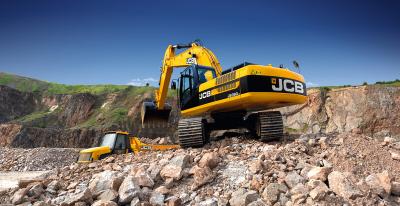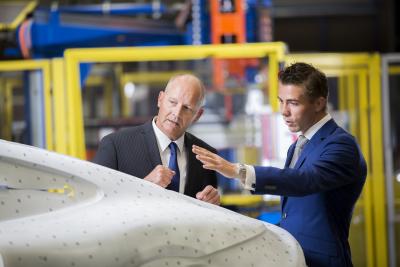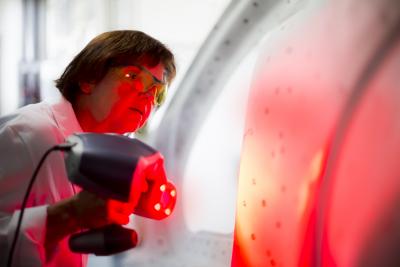How can a common platform approach address the needs of different building types and sectors within construction?
Through the Construction 2025 strategy, the UK government has made funding available to develop modern methods of construction (MMC). It has also committed to increased procurement of MMC solutions in an effort to make them more widely used and reap the promised benefits more consistently.

One form of MMC is the construction platform, which is essentially a kit of parts approach to creating new buildings and extending existing buildings. Surely, though, the needs of the education sector, the healthcare sector and the residential sector are so different that one platform could not be used across all of them? Why is a common platform the way to go?
What MMC alternatives are there to a common platform?
One way to understand the benefits of a platform approach is to look at how it compares to other forms of MMC that have been developed.
For example, volumetric systems deliver complete modules to site. Modules can be highly finished, leaving minimal work to be done once installed. Of course, a module has to be constructed for the specific purpose for which it will be used. It’s not out of the question that, say, a standard bathroom module could be used across a number of different public building types, though there are still likely to be individual specification requirements that restrict how common a single module could be.
Panelised MMC solutions, meanwhile, tend to be bespoke for the project they’re being specified on. The make-up of a panel on one project could be similar to that on another, but if they have been designed around different structural frames (with different column spacings or different connections) then there is no way that a single panel type could be shared between multiple projects.
By contrast, a construction platform that is suitable for projects and building of all types is specifically ‘designed for manufacture and assembly’ - otherwise known as DfMA. It can also be referred to as P-DfMA (a ‘platform approach to design for manufacture and assembly’). The components of a construction platform can be assembled on site, or they can be used to create volumetric or panel solutions.
What common attributes of different building types can P-DfMA address?
Whether a project falls into the healthcare, education, retail or residential sectors, common attributes that the design must satisfy include:
● minimising risk;
● achieving cost efficiencies;
● the ability to be maintained and repaired; and
● delivering a long-term, sustainable building.
When we talk about ‘minimising risk’, what do we mean by risk? In this case, risk has multiple facets. One risk of using MMC is that, by selecting a solution developed by a single manufacturer, no other solution is compatible with it. With no standardisation between different solutions, there is a reliance on that single manufacturer to not only see the project through to completion, but also to continue making parts or components available for the life of the building.
A misconception might be that a standardised approach sounds like it restricts design freedom, and limits options and flexibility. But that isn’t the case. By working to a standardised structural frame and grid different manufacturers can produce floor, wall, ceiling and roof components that are capable of interacting with and being installed to that frame.
The standardised frame can be used to build schools, hospitals or residential buildings - there is no restriction. Different manufacturers can produce components that meet the required specification for different building types.
Increasing the likelihood of reuse with a common platform
Another common attribute of any of the building types we’re discussing is that they are subjected to heavy use. Frequent maintenance and repair is required.
A platform approach, based on components with common interfaces interacting with a common frame, means that a damaged part can be taken out. A new component or cladding panel can be installed while the damaged one is refurbished or repaired, and made ready for use on a different building. The replacement does not necessarily have to be made by the same manufacturer, as long as it meets the equivalent specification.
Looking at the bigger picture of the whole building, the modular nature of the standardised frame means it can be easily adapted to extend or remodel the building to suit changing needs. If the need for one building type ends then there is even scope to adapt the structure to a different building type entirely.
Failing that, the frame can be disassembled and its components reused on one or several new sites.
This rethinking of the way we construct and use our buildings is essential if we are to meet our climate change targets and address the biodiversity emergency. A common platform improves the circularity of building systems and components, which reduces demand for raw materials, and reduces the whole life carbon of our built environment - goals that are common to each and every building sector.
About Tata Steel and common construction platforms
Tata Steel are involved in several initiatives to prove the concept of construction platforms and apply them across different sectors. Projects include the SEISMIC II platform, and the FASTtruss system for industrial buildings.
To keep up to date on our activity in modular construction, sign up to our newsletter . Read more about Seismic II









